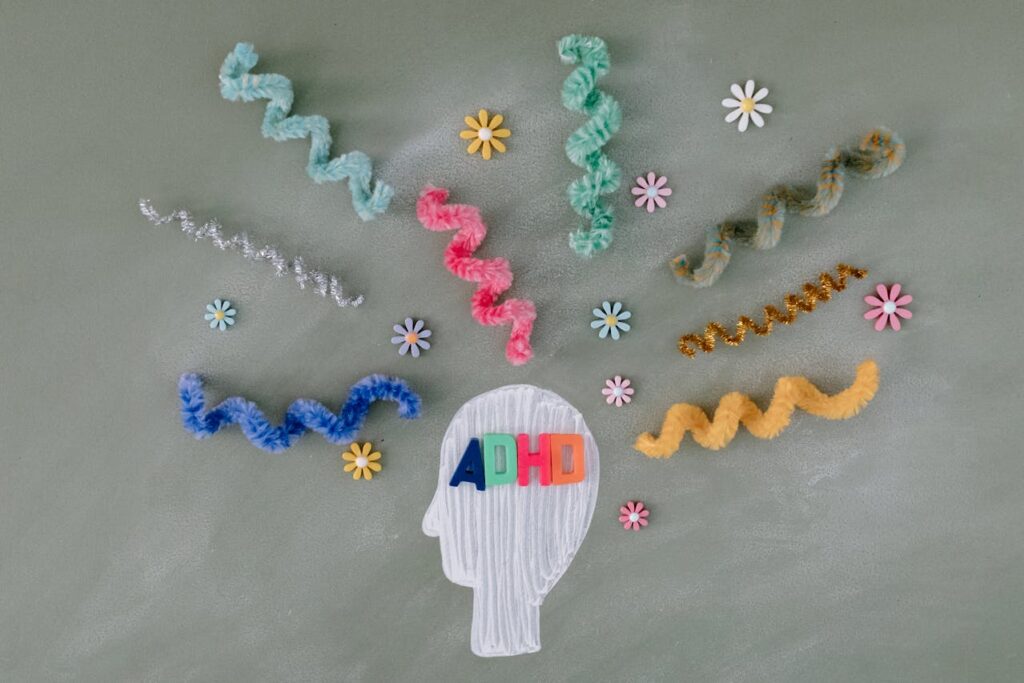Neurodiversity presents both opportunities and challenges for organizational communication. Research shows that 15-20% of people are neurodivergent, including those with autism, ADHD, dyslexia, and other cognitive differences. Organizations that adapt their messaging strategies to support neurodivergent audiences gain access to broader talent pools and create more effective communication for everyone. Clear, structured communication benefits all employees and customers, making neurodiversity-informed messaging a strategic advantage rather than just a compliance requirement.
5WPR Insights
Understanding Neurodiversity in Communication
Neurodiversity refers to the natural variation in how human brains process information, interact socially, and respond to sensory input. Each neurotype brings unique strengths and preferences in communication. For example, autistic individuals often excel at detailed analysis and direct communication, while those with ADHD may bring creative problem-solving abilities and dynamic energy to discussions.
Research from the University of Oxford indicates that neurodivergent individuals often process information differently from neurotypical peers. They may:
- Process written information more effectively than verbal instructions
- Need additional time to process complex messages
- Interpret language literally rather than picking up on subtle implications
- Experience sensory sensitivities that affect their ability to focus on communication
Understanding these differences helps organizations create more effective messaging strategies that work for all audience members.
Creating Clear and Accessible Written Communication
Written communication forms the backbone of most organizational messaging. Making it accessible to neurodivergent audiences requires attention to structure, language, and format.
Structure and Organization
Break information into clear, logical sections with descriptive headings. Research shows that organized content reduces cognitive load and improves comprehension for all readers. Use bullet points and numbered lists for sequential information, and include clear summaries at the beginning of longer documents.
Language Choices
According to communication guidelines from Texthelp, effective writing for neurodivergent audiences should:
- Use plain, concrete language
- Avoid idioms, metaphors, and ambiguous phrases
- Keep sentences short and direct
- Define technical terms and acronyms
- Focus on one main idea per sentence
Visual Formatting
The University of Oxford’s guide recommends these formatting practices:
- Use sans-serif fonts at 12-point size or larger
- Maintain high contrast between text and background
- Include adequate white space
- Align text left (not justified)
- Use headers and subheaders consistently
- Add relevant images to support text comprehension
Visual Design for Neurodiversity
Visual elements play a crucial role in messaging strategy, but they must be carefully designed to avoid overwhelming or confusing viewers.
Color and Contrast
Research indicates that about 8% of males and 0.5% of females experience color vision deficiency. Design choices should include:
- Strong contrast ratios (minimum 4.5:1 for text)
- Color combinations that work for colorblind viewers
- Alternative ways to convey information beyond color coding
Layout and Navigation
Studies show that clear visual hierarchy and consistent layout patterns help neurodivergent users navigate content more effectively. Key principles include:
- Consistent placement of recurring elements
- Clear separation between different content sections
- Logical reading flow
- Limited animation and movement
- Reduced visual clutter
Multi-Channel Communication Strategies
Different people process information best through different channels. Offering multiple ways to access important messages ensures better comprehension and engagement across your audience.
Written Communications
Provide written documentation for important information, including:
- Email summaries of meetings
- Written procedures and instructions
- Digital documentation of verbal discussions
- Text transcripts for audio/video content
Visual Supports
Include visual aids to reinforce written and verbal messages:
- Diagrams and flowcharts
- Infographics
- Process maps
- Icons and symbols
- Screenshots for digital instructions
Verbal and Audio Options
Some individuals process information better through listening. Consider:
- Recording important meetings
- Offering audio versions of written content
- Providing verbal explanations alongside written instructions
- Including voice notes as communication options
Implementation and Training
Successfully implementing neurodiversity-inclusive messaging requires organizational commitment and proper training.
Training Communication Teams
Communication professionals need specific training on:
- Understanding different neurotypes
- Writing clearly for diverse audiences
- Creating accessible visual designs
- Offering multiple communication formats
- Testing content for accessibility
Guidelines and Templates
Develop clear guidelines and templates that support consistent, accessible communication:
- Style guides for inclusive language
- Document templates with proper formatting
- Checklists for accessibility review
- Examples of effective communication
Feedback and Iteration
Create systems for gathering feedback and improving communication:
- Regular surveys on communication effectiveness
- Focus groups with neurodivergent employees
- Accessibility testing of materials
- Continuous improvement processes
Measuring Success
Track the impact of neurodiversity-inclusive messaging through various metrics:
Engagement Metrics
Monitor:
- Email open and response rates
- Document access and completion rates
- Meeting participation levels
- Survey response rates
Feedback Indicators
Collect:
- Employee satisfaction scores
- Communication preference data
- Accessibility complaint numbers
- Positive feedback instances
Business Impact
Measure:
- Reduced miscommunication incidents
- Improved task completion rates
- Higher employee retention
- Better customer satisfaction scores
Conclusion
Creating neurodiversity-inclusive messaging strategies requires thoughtful planning and consistent execution, but the benefits extend far beyond just supporting neurodivergent audiences. Clear, structured, and accessible communication improves understanding and engagement for everyone in your organization.
To get started:
- Audit current communication practices
- Develop clear guidelines for inclusive messaging
- Train teams on neurodiversity-aware communication
- Implement multiple communication channels
- Gather feedback and measure results
- Continuously improve based on data and input
Remember that improving communication accessibility is an ongoing process, not a one-time project. Start with small changes and build on successes to create truly inclusive organizational communication.

More PR Insights
Running a Pre-Mortem for a Major Campaign Launch
Re-Engage Media Who Covered You Last Year
Building Narrative Resilience During Brand Controversies